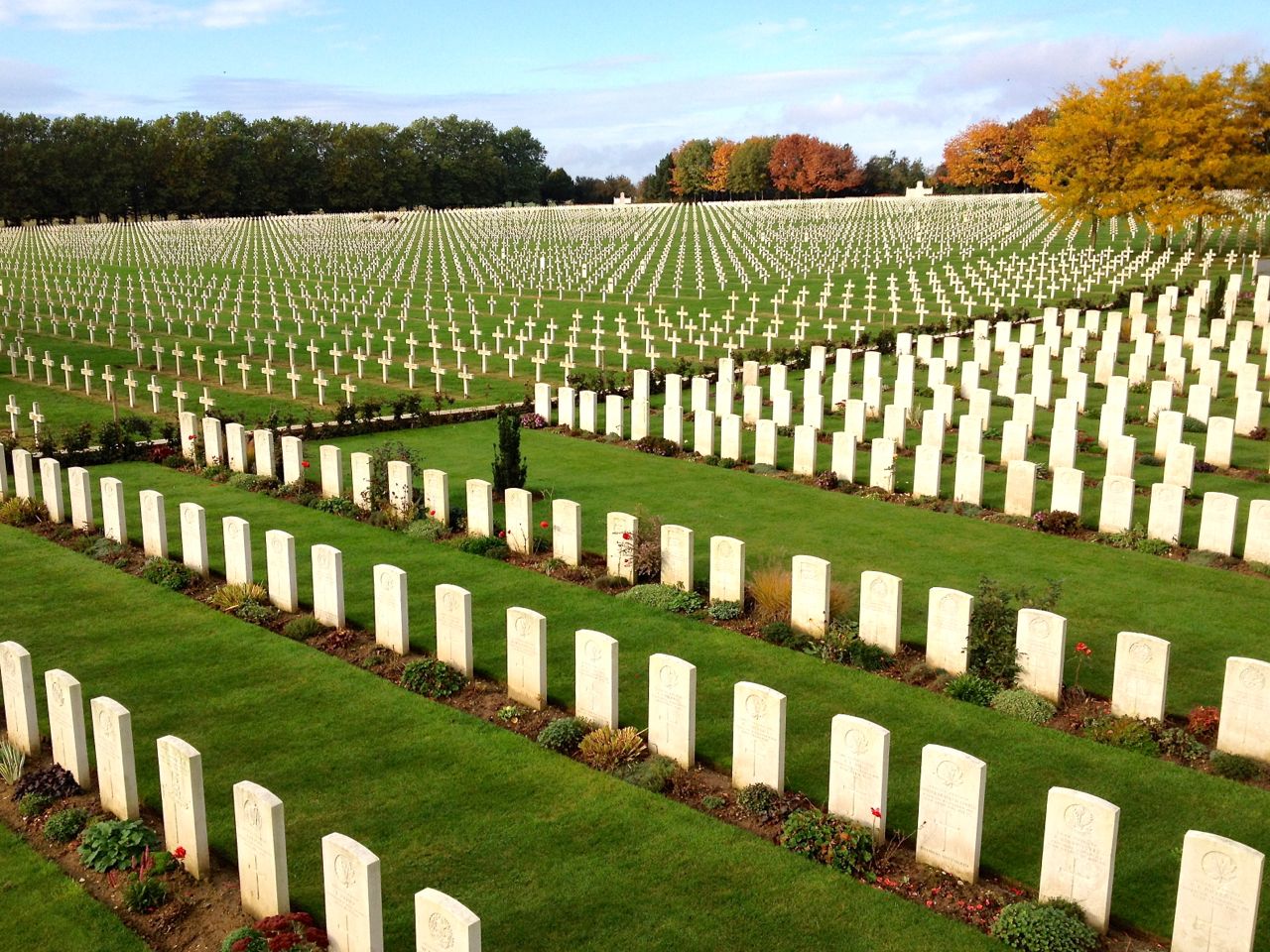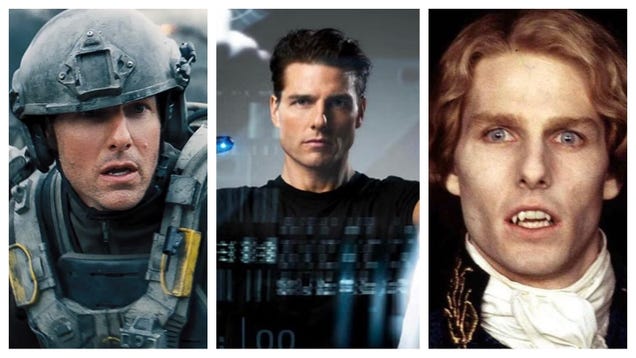I tend to read between 40 to 50 books a year. I know this empirically, because since 2006 I have kept a record of every novel, comic book, role playing game rules book and non-fiction book I have read. I’ve reviewed some of them here, but I don’t think I’ve put my full list up before. It’s below. Before that, I want to say a brief word about my favorite five books of the year.
Hitler Moves East: A Graphic Chronicle, 1941-1943
This is an art book with very little text. It is essentially the senior project of artists David Leventhal and Gerry Trudeau who were looking at how to make images do more narrative work than just illustrating a text. Leventhal has already reached his mature form with his soft focus photographs of toys which create images of the Eastern Front which seem real. Along with the text by Trudeau the book is, as it is titled, a graphic chronicle of that phase of the war. This was on my want-to-read list for a long time and I enjoyed the impression it created of seeing dramatic moments of history recreated. I have more thoughts about this one and some images in an earlier post.
Lacuna Part I. The Creation of the Mystery and the Girl from Blue City (Second Attempt)
I also previously talked about this role playing game by Jared A. Sorensen. I got to play this game for a second time at NerdLouvia earlier this month and two of my players were there specifically to play this odd dreamscape crime solving game. It remains unlike any other RPG I have ever read and I look forward to playing it again and getting better at bringing all the weirdness this game has to offer to the table.
Soldier of Sidon
This is the third book in what became a trilogy. I was wary of if because this book was written almost 20 years after the second book in the series. There is a little bit of disconnect in style, how could there not be after two decades? That said, it’s not much of a disconnect. I also may like this one the best of the three books. It’s more intimate and personal and I enjoyed that this year. I have long said Gene Wolfe is one of my favorite writers, largely because one of his early books immersed me in a way which has rarely happened to me. In this series, Latro is a Roman mercenary from when the Greeks were ascendant who, because of an injury, cannot make new long term memories – and also sees the gods. The text is Latro’s journal written day by day about whatever has just happened. It’s a great set-up for storytelling. This adventure follows Latro as he sails up the Nile. Since I wrote a NaNoWriMo about ancient Egypt a couple years back, I was fascinated to read all the fictional Egypt stuff. It also felt a bit like a self-indulgent closure for the character, but since I like Latro, and had just read two other books about him, I was happy to get this closer examination of this character. I recommend all three books in Wolfe’s Soldier series.
Pictures of the Pain
I’ve read a few books about the JFK assassination this year. This one is my favorite so far. It’s an attempt by Richard Trask, a professional archivist, to put every photograph and film strip into print. That in itself is fascinating, especially for the many photographs by the journalists who were in the presidential motorcade. Not only are their photographs objectively better than the famous amateur photos because their greater training and better equipment, they were also able to capture all the moments of the immediate aftermath of the assassination because they were right there with their cameras ready. More interesting than the photos for me, however, was Trask’s collection of the biographies of the photographers, details about their cameras and the state of the news industry at the time. Why was Zapruter filming that day? What kind of camera was Nix using? How does an image wire service work when it’s still the age of wet chemical film? Trask answers all these questions.
Rock Candy Mountain #1-8
I don’t read a ton of comics, but this series written and drawn by Kyle Starks with color by Chris Schweizer and design by Dylan Todd is the best one I have read this year. It is the story of a hobo who is searching for the fabled rock candy mountain, which is essentially hobo heaven. There’s a lot of fist fighting and a significant about of magic weirdness. It’s so engaging and thoroughly interesting – at least to me – I am nothing but pleased I read it. It’s just good comics.
For honorable mentions, I read several things I’ve been meaning to read for a long time; Frankenstein, Jim Henson's Tale of Sand, My Friend Dahmer, and old comics like Samurai Penguin, Cutey Bunny and Magnus Robot Fighter. I also completed all the Conan and Sherlock Holmes stories, which feels like something of an accomplishment. I also read a collection of Jon Ronson’s journalism called Lost at Sea: The Jon Ronson Mysteries which I enjoyed.
Books I Finished in 2018
-The Voice Out of the Whirlwind: The Book of Job - Ralph E Hone, ed.
-Hitler Moves East: A Graphic Chronical, 1941-1943 - David Leventhal & Gerry Trudeau
-Civilization and Its Discontents - Sigmund Freud
-Soldier of Arete - Gene Wolfe
-Stories of Soldiers and Civilians - Ambrose Bierce
-The Gospel of Wealth - Andrew Carnegie
-The Coldest City - Antony Johnston & Sam Hart
-House Made of Dawn - N Scott Momaday
-The Extraordinary Adventures of Baron Munchausen - James Wallis [RPG]
-The Wood Beyond the World - William Morris [LibriVox]
-They Killed Our President: 63 Reasons to Believe There Was a Conspiracy to Assassinate JFK - Jessie Ventura [JFK]
-Unfamiliar Fishes - Sarah Vowell
-Lost at Sea: The Jon Ronson Mysteries - Jon Ronson
-Zealot: The Life and Times of Jesus of Nazareth - Reza Aslan
-Dead Lands: Reloaded Player's Guide: Explorer's Edition - Shane Lacy Hensley & BD Flory [RPG]
-Lacuna Part I. The Creation of the Mystery and the Girl from Blue City (Second Attempt) - Jared A Sorensen [RPG]
-The Bible
-Wonder Woman: The Golden Age Omnibus Volume 1 - William Moulton Marston, HG Peter, et. al.
-Dead Lands: Reloaded Marshal's Handbook: Explorer's Edition - Shane Lacy Hensley [RPG]
-Samurai Penguin #1-7 - Dan Vado, et. al.
-This Side of Paradise - F Scott Fitzgerald
-Imperial Earth - Arthur C Clarke
-Russ Manning's Magnus, Robot Fighter, Volume 3 - Russ Manning, et. al.
-Killing Kennedy: The End of Camelot - Bill O'Reilly & Martin Dugard [JFK]
-The Case Book of Sherlock Holmes - Arthur Conan Doyle
-Army Surplus Komikz Featuring Cutey Bunny #1-2 - Joshua Quagmire
-Jim Henson's Tale of Sand - Jim Henson & Jerry Juhl as realized by Ramón Pérez
-Dance Night - Dawn Powell
-Soldier of Sidon - Gene Wolfe
-The Secret History of Wonder Woman - Jill Lepore
-The Book of Mormon
-Prometheus: Fire and Stone - Omega - Kelly Sue DeConnick & Agustin Alessio
-Twelve Ordinary Men - John MacArthur
-American Spy: My Secret History in the CIA, Watergate, and Beyond - E Howard Hunt [JFK]
-The Postman Always Rings Twice - James M Cain
-They Shoot Horses, Don't They? - Horace McCoy
-The Bloody Crown of Conan - Robert E Howard
-The Satanic Bible - Anton LaVey
-Thieves Like Us - Edward Anderson
-11/22/63 - Stephen King [JFK]
-Native Drums #1-6 - Chuck Paschall & Vince Riley
-Revolutionaries: Join, or Die [RPG]
-Frankenstein - Mary Shelley
-"The Shadow of the Vulture" - Robert E Howard
-My Friend Dahmer - Derf Backderf
-The Last Battle - CS Lewis
-The American Revolution: First-Person Accounts by the Men Who Shaped Our Nation - TJ Stiles, ed.
-Pictures of the Pain - Richard Trask [JFK]
-The Letters of JRR Tolkien - Humphery Carpenter, ed.
-The Evolution of Physics - Albert Einstein & Leopold Infeld
-The Island of Doctor Moreau - HG Wells
-Drawings from the Gulag - Danzig Baldaev
-The Screwtape Letters - CS Lewis
-Copernicus Jones: Robot Detective #1-8 - Matt D Wilson, Kevin Warren, et. al.
-Dracula the Unconquered #1-4 - Chris Simms, Steve Downer & Josh Krach
-Yo Mate a Kennedy - Manuel Vázquez Montalbán [JFK]
-Rock Candy Mountain #1-8 – Kyle Starks, Chris Schweizer & Dylan Todd
Artificial Gravity
1 day ago





















